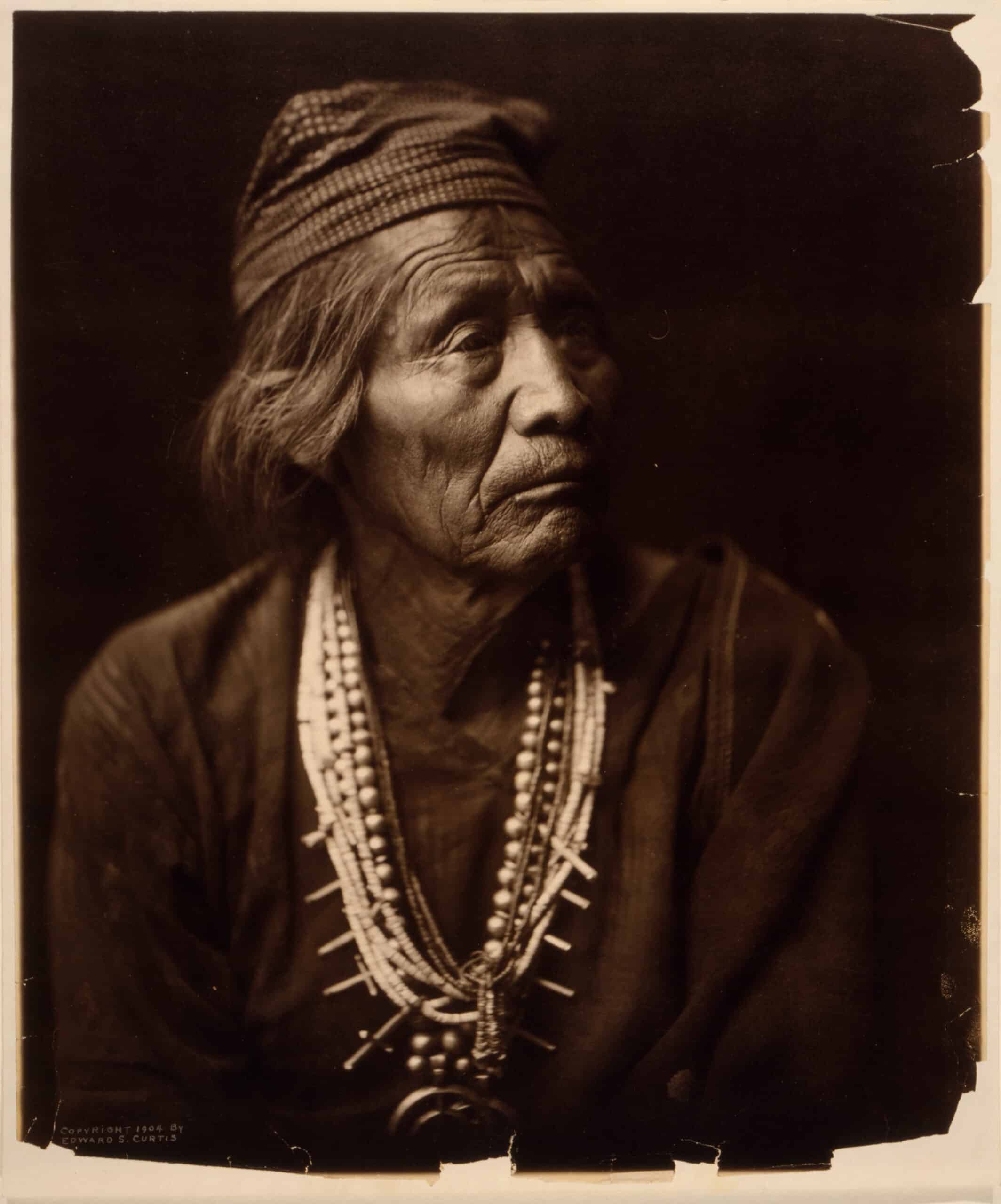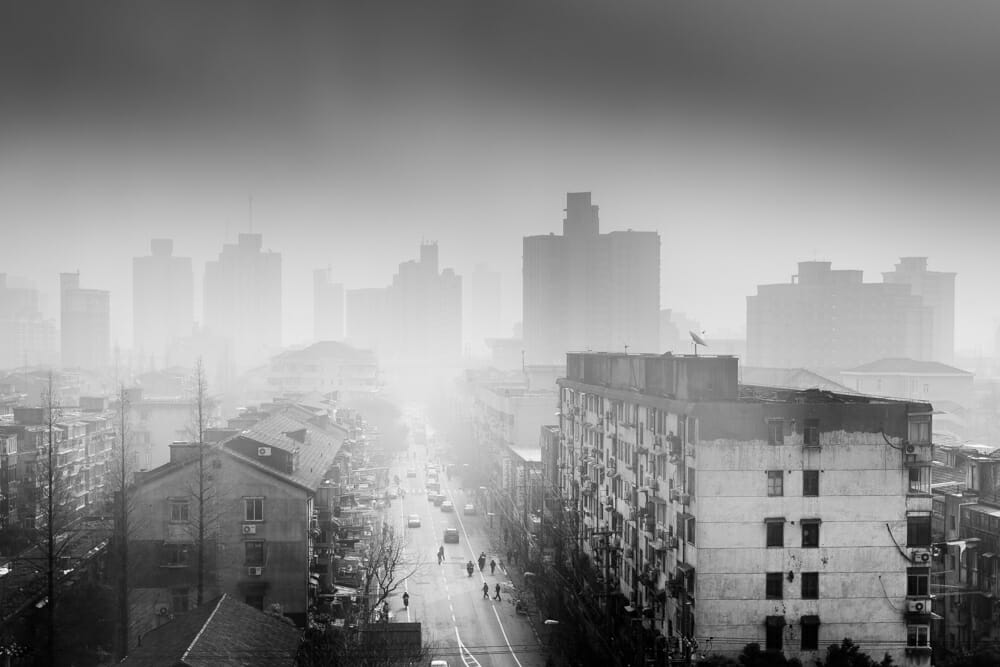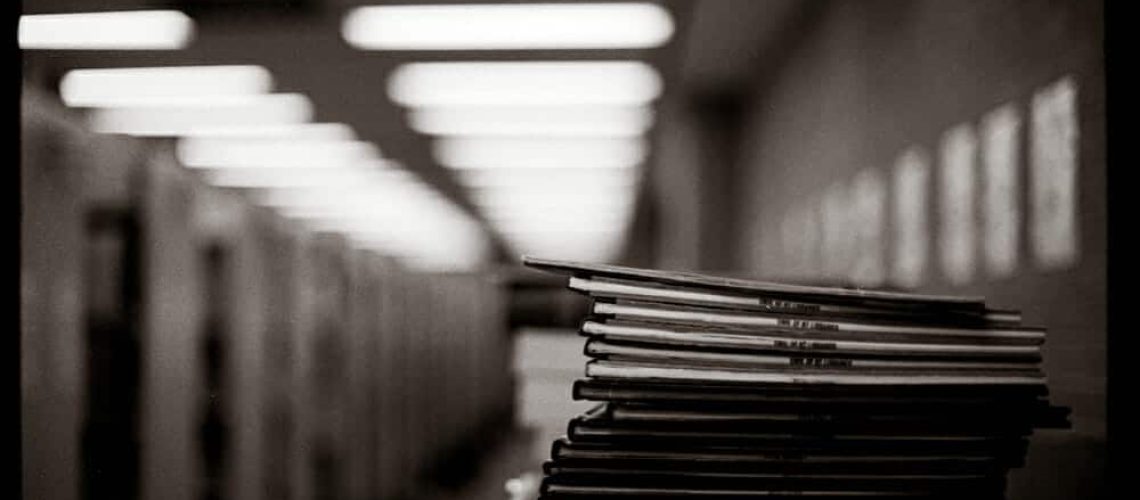You should be spending more quality time with photographs. Do it often, do it deliberately, do it because it’s worth it.
What I want to share with you today is one of my favorite ways to spend time. Something that I find enjoyable and enriching, and that I want you to try.
It may seem too simple and obvious to be worthwhile, but it’s not. Spending time immersed in images can be wonderful. But that’s just the beginning.
We all need the things that help us get from through life, especially when it’s hard. Everyone has their favorite tools: exercise, socializing, eating and drinking, talking to your cat, whatever.
For me, photography is at the top of the list. Big surprise, right? Well, what may actually surprise you is that I consider looking at photographs to be just as important an activity as making them, sometimes even more important.
Sure, looking at photographs helps a person become a better photographer, so it’s important to me in that way, but that’s not why I’m here. I’m here today because spending quality time with good photography is fun and it can improve your life.
I’d like to clarify what I’m talking about. And then, I’m going to give you a few recommendations for how to approach it.
So what’s the fuss about? The magic of photographs is that they can transport us to times, places, and circumstances entirely separate from what we know personally. They provide a window into events and human experiences far beyond our own, giving us access and insight that we may have no other way of getting. They’re also a ticket to see what fertile imaginations from all over the world have to show us.

By transporting us, photographs give us a break from whatever circumstances we find ourselves in. Even when everything in life is going as well could be hoped, this can be nice. Who doesn’t like a change of scenery?
It can also enrich us. It can give us perspective. And in times like these, few things are as valuable as some fresh perspective.
The power of images has been a part of the human experience for an extremely long time. We have now documented figurative cave paintings dating back over forty thousand years.
Photography isn’t even two hundred years old yet, but its immediacy and ability to capture events and ideas in so many ways makes it incredibly powerful. The importance of images, just like that of narrative storytelling, is hard-wired in our brains and runs uninterrupted in human experience from ancient prehistory to today.

But when was the last time you looked at a photograph for more than a few seconds? When did you last make an effort to dive deep, trying to experience and understand an image or set of images to the greatest extent you could manage?
Maybe you haven’t done it in a long time. Maybe you’ve never done it at all. If this is the case, don’t worry about it (but do change it). All you need are three simple things: images, time, and attention.
Where images are concerned, there are endless websites, books, and magazines at your disposal. The long history of photography means an unbelievable abundance of material available for your consumption.
Find a group of photographs you want to spend some time with. This could be a gallery on a photographer’s website or online magazine, a physical book or magazine, a stack of prints, or even an exhibit at an art museum. The Library of Congress is a good resource, too.
It can be just about anything or anywhere. And it can be whatever genre of photography you want: fashion, landscape, abstract, journalistic photo essays, etc. Go with what interests you.
One word of caution, though: I recommend against just scrolling through Instagram or other social media for these purposes, as the interface is not conducive to this kind of contemplative interaction with photographs. You want to avoid distraction for this exercise.

Once you’ve got your images ready, slow down and take your time with them. We’re so used to speeding through images on social media, most of us tend not to take our time with any single image anymore, let alone a bunch of them.
But that’s exactly what you want to do. One by one, slowly digest the images. You’ll find your own speed over time, but at least for the first few images, try to spend 3-5 minutes with each image. I’m not saying you need to go through an entire book that way (though it’s quite enjoyable if you have the time), but at least do it at first to set the tone.
Start with the big things. What do you see? What’s happening? What’s the mod of the photograph? If you had to describe the photograph to someone in a single sentence, what would you tell them?
Pay attention to your emotional response to the image. What does it make you feel? Does that feeling change? Where do those feelings come from for you? Does it call up any memories or associations from your past?
Look at the details of the image. Are there things present or happening in the photograph you didn’t notice at first? Do these things relate to the main subject?
Where does your eye go when looking at it? Does it zero in on one particular place in the photograph? Or does it circulate around the frame, scanning or searching?
Pay attention to the colors and tones, too.
Pay attention to every aspect of the image that you can think of and let it all soak in. Don’t rush. If anything, you want to spend more time than you think is necessary, maybe even more than you’re comfortable with at the start, because often, when we’re more patient, we end up getting so much more out of the images we’re viewing.

It sounds simplistic for me to tell you to look at the images, as in really look. But we tend not to do so, and we’re missing out on a lot of potential experience because of it. It can open up your mind, and it can give you a break.
And here’s a bonus point: being attentive and curious, being patient and giving your undivided attention isn’t just good with photographs. You can apply it to anything. Within art, it’s an easy jump to things like paintings or sculptures.
Or music, for that matter. When was the last time you gave your full attention to some music? Not in the background as you cook dinner, and not in the car as you’re driving, but when the music is the one and only thing you’re focused on. Try it. Whether it’s Górecki’s third symphony or a favorite heavy metal album, you will hear things you’ve never heard before, if only you give the music the opportunity to dominate your attention.
By the way, this also works with the world itself. You wouldn’t believe what you can experience just sitting on a stump in the woods or on a stone wall in a city park. But this is getting long, and I’ll save that for another day.
So as simple as it sounds, I encourage you to find some photographs that interest you and spend some time in viewing them in a slow and deliberate manner, giving yourself the luxury of slowing down and the freedom to inhabit the worlds the photographs communicate. There is a far greater value in this than I can explain. Go see for yourself.


